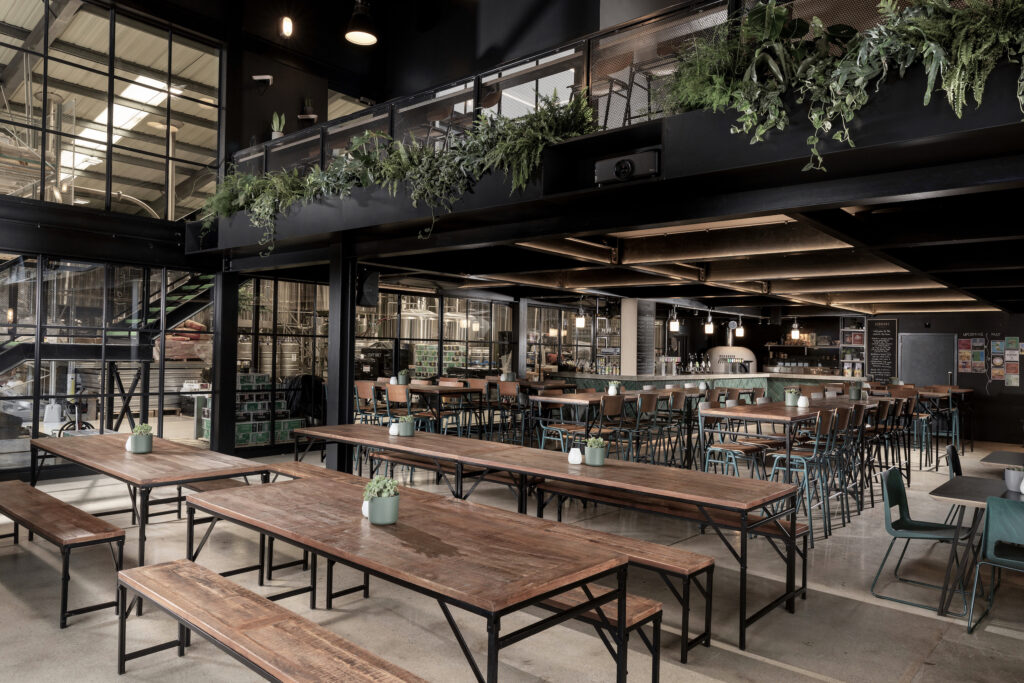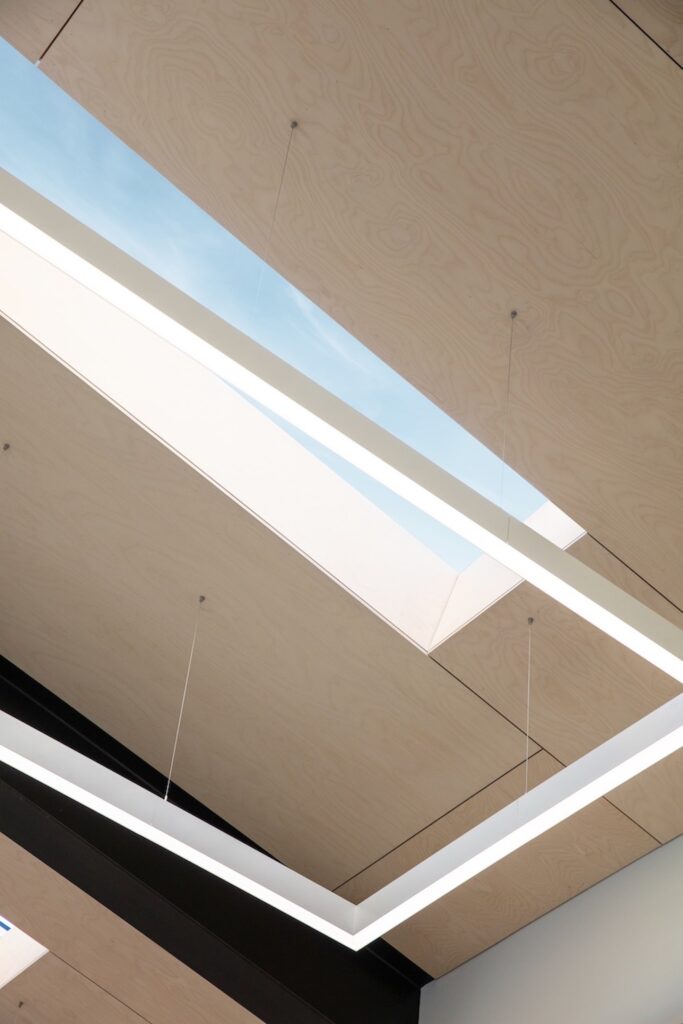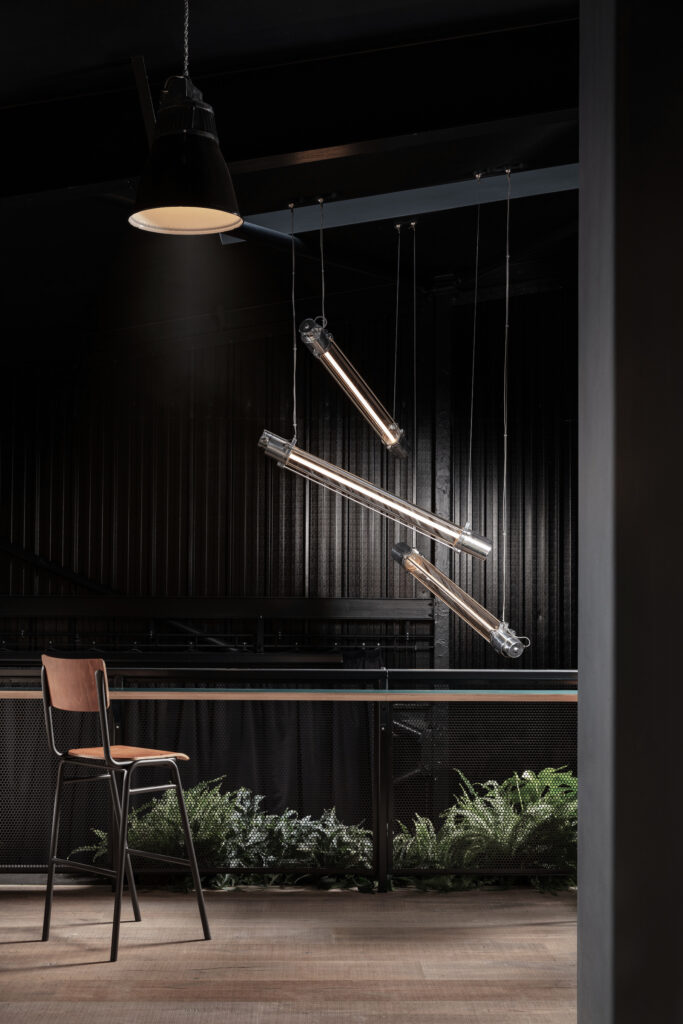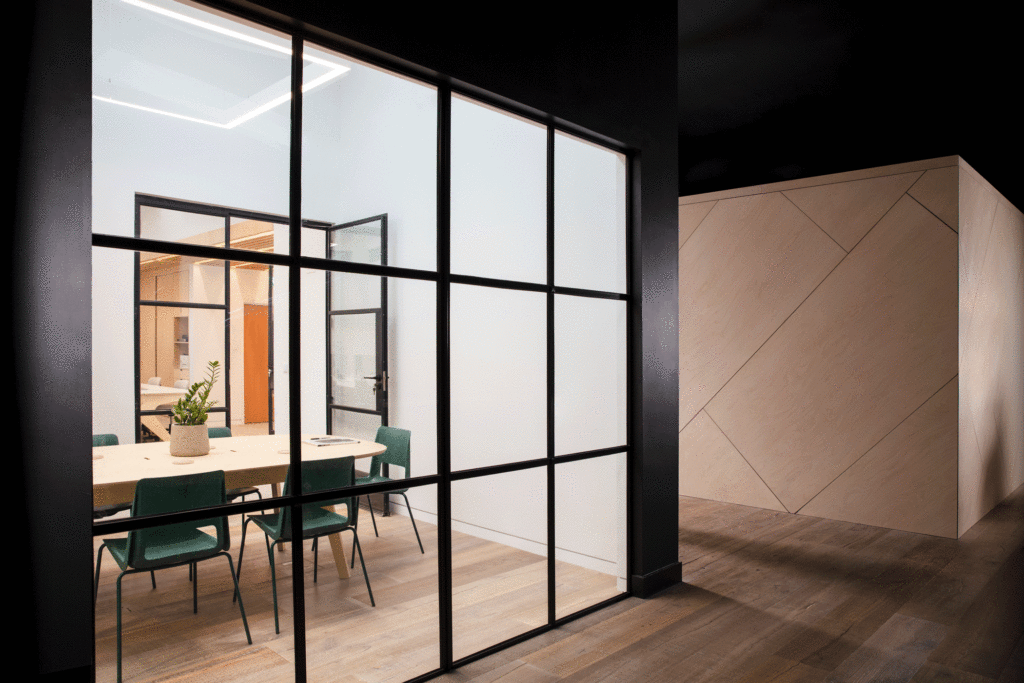27.03.2023
How to become an Interior Chartered Designer with James Collins MCSD (Interior) Chartered Designer
Are you interested in becoming a CSD Interior Chartered Designer? In this blog, we speak with James to find out about his route to Chartership.
If you want to learn more about James and connect with him, please find him online at http://www.zelahstudio.co.uk/ or via Instagram.

Verdant Brewing Co. Taproom Bar and Restaurant. Floor-to-ceiling glazing allows great views of the workings of the brewery. Credit: Elliot White Photography
What made you decide to become a Chartered Designer?
I run a Cornwall-based architectural and interior design studio, Zelah Studio, which focuses on creating design-led building alterations and architectural & interior design solutions.
My design career to date has been extremely varied, including everything from architectural design to Oscar-nominated film-set design & creative direction, and over the years I’ve been working to build a larger network in Cornwall after we relocated from London.
Becoming Chartered has formed part of my personal and professional journey and has been a rewarding experience. The main reason I initially undertook the Pathway to Chartership was to legitimise my experience in a formal way.
By becoming Chartered – and completing the vigorous self-analysis against the CPSK™, which covers four core criteria: Creativity, Professionalism, Skills and Knowledge – I am able to demonstrate my varied and extensive experience.

Verdant Brewing Co. Office Ceiling and lighting detail. Birch ply cladding helps soften the industrial nature of the building and create interesting lines with the suspended lighting and roof lights. Credit: Elliot White Photography
What are the key benefits of being a Chartered Designer?
For me, the benefits of becoming Chartered are two-fold. Firstly, as mentioned before it’s a way for me to assure clients that I offer a high-quality service and communicate that I’m a professional designer.
Secondly, I feel that completing the Pathway and undertaking ongoing assessments to retain my Chartership/membership will help me to maintain motivation and enthusiasm as a designer.
Becoming Chartered isn’t a simple checkbox exercise it requires an ongoing commitment to CPD and refining your craft. Because of this, you’re unable to rest on your laurels professionally, you need to continue to demonstrate your growth and focus on areas you want to refine and develop.
Ultimately, becoming a Chartered Designer has given me an important sense of accountability and structure, ensuring I continue implementing the skills that have led me to where I am today.
So, how can you become a Chartered Designer?
Overall, there are five stages to becoming a Chartered Designer:
- Chartered Registration
- Professional Portfolio
- Professional Review
- Chartered Ratification
- Annual Compliance

Verdant Brewing Co. Atrium Feature light. Created from reclaimed Eastern European strip lights. Extensive planting helped increase occupant connectivity with nature within an industrial space. Credit: Elliot White Photography
You do not need to be a member of the Society to apply for the Pathway to Chartered Designer, but CSD members do receive a discount on the application fee and exemption from certain elements of the Pathway. Once you become a Chartered Designer you will be awarded Full Membership at MCSD level in your design specialism whilst you maintain your Chartered status.
What is the Chartered Designer Pathway like?
Becoming a Chartered Designer doesn’t happen overnight and can’t just be achieved by paying for a title. It requires a lot of time and effort from the applicant, and it’s something I undertook knowing I would need to be committed. When you work full-time, like me, you need to understand that the Pathway will take you away from your day-to-day.
In total, I probably spent a solid week of time completing the Pathway, which meant I wasn’t working on fee-earning projects. However, I knew the benefits of becoming Chartered would outweigh this exchange of time, and it’s also been a useful way to assess my career to date.

Verdant Brewing Co. Upper landing. The dark wall and glazing tones are used throughout in contrast with the use of lighter, natural materials. Credit: Elliot White Photography
Working through the assessment has helped me to reflect on each discipline of design I’ve worked across over the past 20+ years and reflect on how I’ve adapted to each specialisation. Ultimately, design is design, but each industry has its nuances which always creates new challenges.
While completing the Pathway I was able to see how the way I work on projects is similar, whether it’s architectural or for a film or event, but navigating the different authorities each one is governed by is a challenging, yet something I’ve continually overcome. It makes you take time to reflect upon how much you learn with each project, which in turn, has given me a sense of pride to see how much I’ve developed as a person and a designer throughout the span of my career to date.
What’s next for you?
Ultimately I want to continue developing as a designer by continually stepping out of my comfort zone. I want to continue to bring a broad range of work into the practice, with a focus on Commercial work. The exposure you can get through commercial jobs really helps make new connections and build relationships.
We have some fantastic projects on at the moment, and I feel like things are going really well for us. While I want to be proactive and look towards potentially expanding in the future, my main goal at the moment is maintaining a balance between work/life, continuing to work on projects that interest me, and also making time for my family too.
Looking for more information on becoming a Chartered Designer?
Simply download the guidelines or apply now if you’re ready to take your design career to the next level.